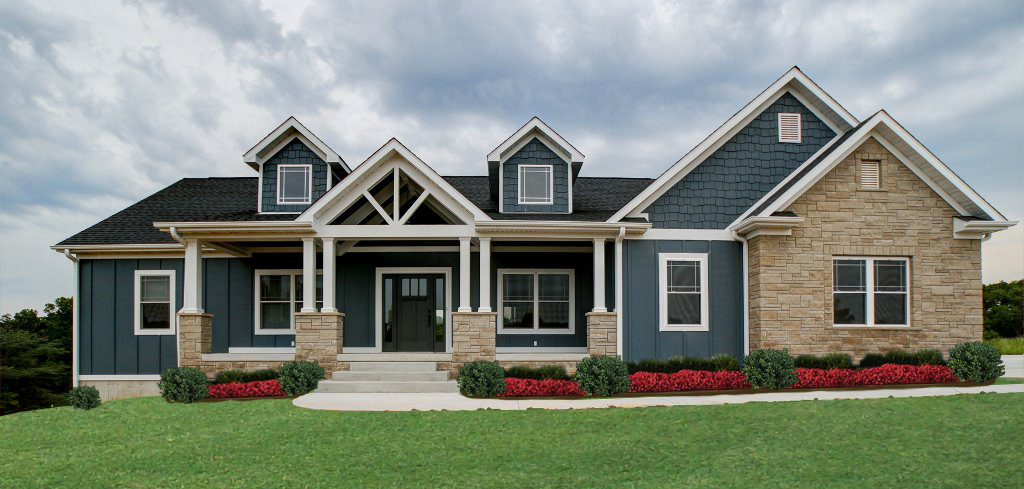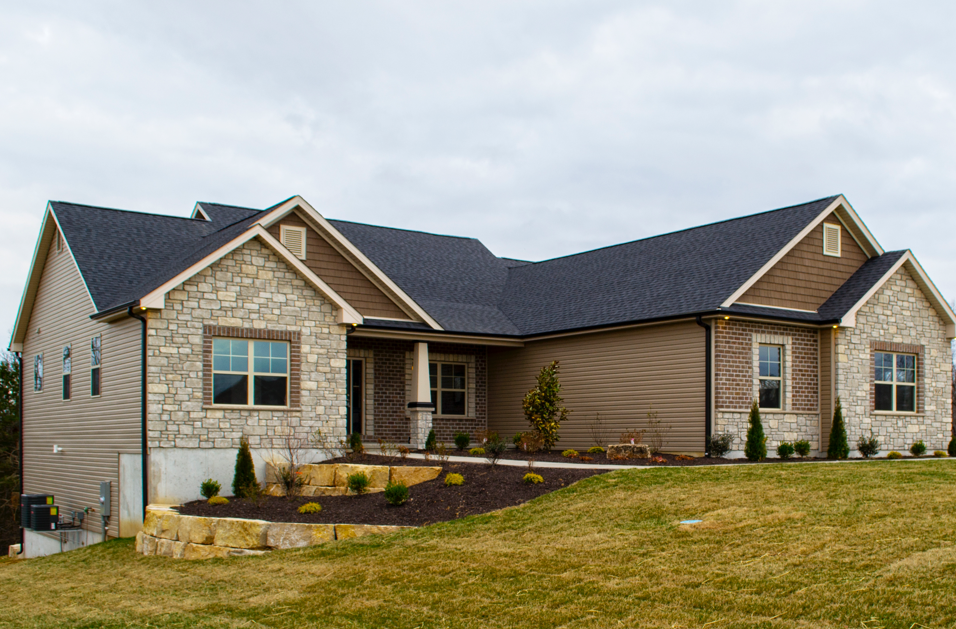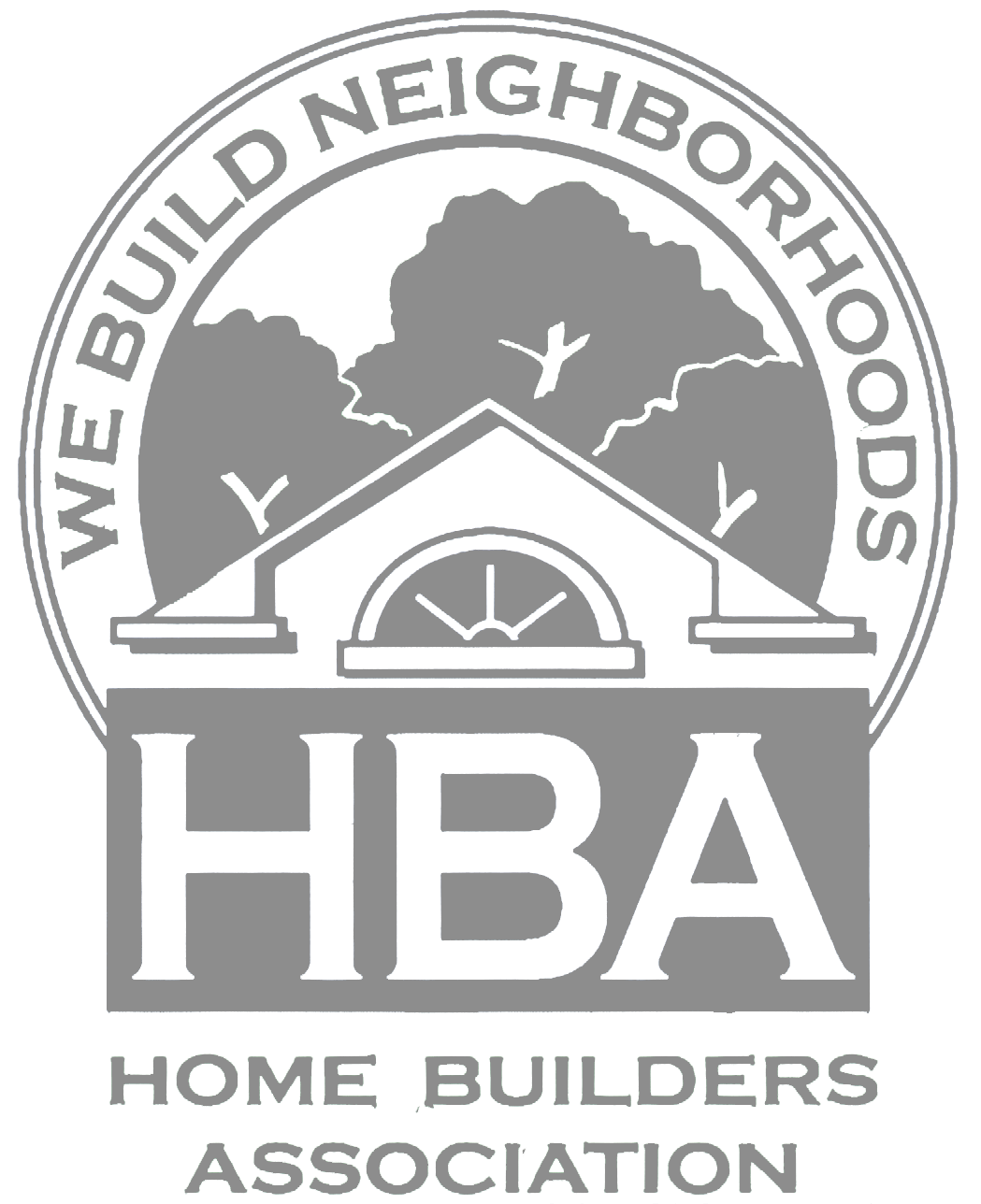At the beginning of a building project, the architect, with the help of the owner, determines the scope of the work, also known as the program. This initial phase only occurs on projects where the client needs assistance in developing a concept.
Process
SCHEMATIC DESIGN

Schematic Design in most cases is the first process in the development of an actual floor plan and elevation concept. Once a client and the architect have gone over the basics and formed a few ideas, from the programing phase or ideas the client may already have, the architect will mold this information into something more realistic.
DESIGN DEVELOPMENT
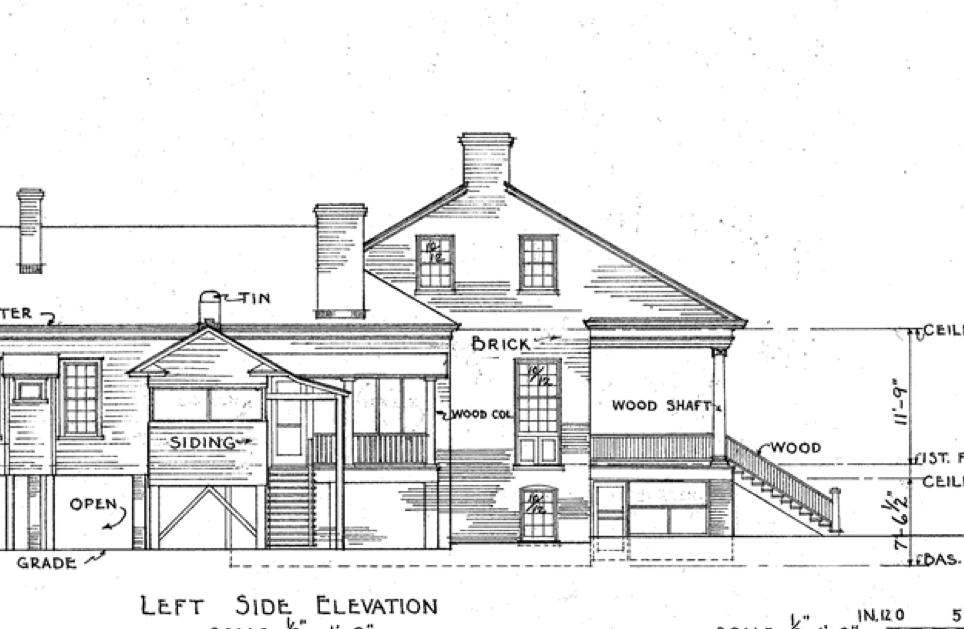
During the design development phase, the architect further develops the buildings relationships, forms, size and overall appearance. Design development takes the fluid ideas into a more solid idea.
3D/VISUALIZATION
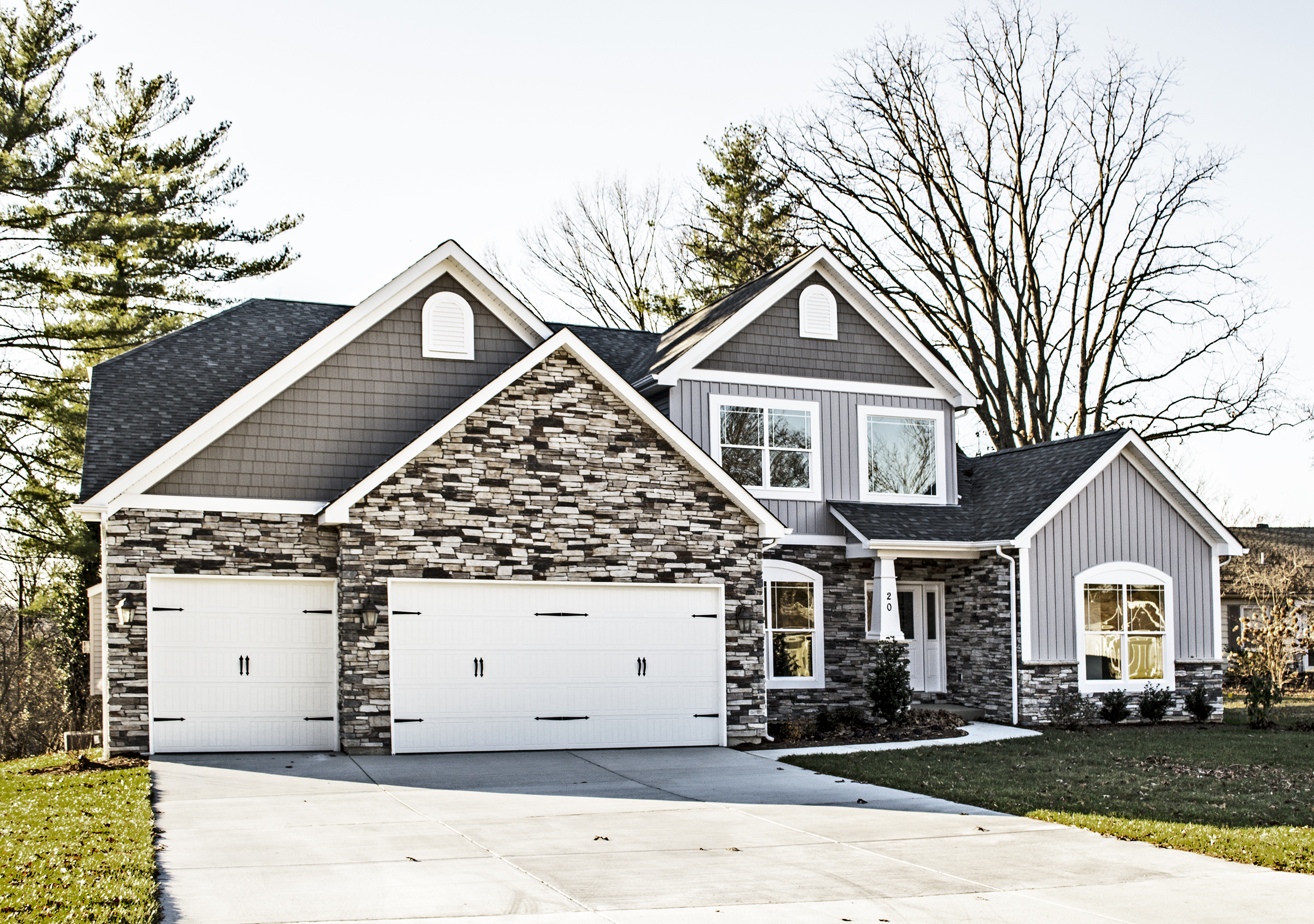
We understand that it is difficult to visualize what your new home or building will look like based on two dimensional black line drawings that eventually become part of the construction documents. Not everyone is trained to visualize in their head what a particular space or building will look like in 3 dimensions.
CONSTRUCTION DOCUMENTS

These documents serve several purposes. First, they translate the needs to the owner, developer, or contractor into a buildable format that can be universally understood within the construction industry. Second, they allow the owner to put the project out for bid and obtain permits from local authorities. They also provide comprehensive instructions to the contractor as to how the project should be constructed.

CONTRUCTION ADMINISTRATION
Many clients think that once an architect has completed their Construction Documents, and a building permit has been obtained, architects services are no longer needed. This may be the case on some jobs where the owner has an extensive background in construction, but in most cases, one of the most important services an architect and provide is Construction Administration.


